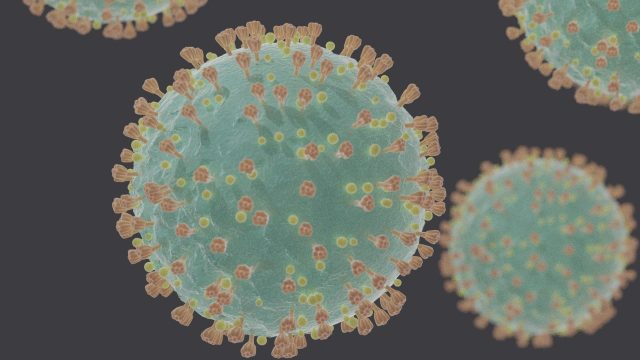The long and winding road to trust in vaccination
Discussions continue in many parts of the country on the easing of mobility restrictions to reopen the economy, restore its health, and bring back jobs and the livelihood of many. However, economic recovery will only happen once public health is restored and for that to occur, vaccine hesitation has to be overcome by many.
In a study by the EON Group and its research partner, Tangere, out of 4,400 respondents, 64% are still unconvinced about getting vaccinated. The primary reasons for hesitancy are fear of the long-term side effects, its efficacy and safety, in addition to brand distrust. People with pre-existing conditions worry that these will make them sicker, some think these do not work or don’t believe in vaccines at all, while others are not permitted because of religious beliefs.
While over a million vaccine doses have already trickled in and have been administered to priority groups like healthcare workers, senior citizens, and those with comorbidities, and millions more are expected to arrive in the coming months, vaccine hesitancy is still a cause for concern as this could push back the attainment of herd immunity farther down the line.
A scenario more chilling than the protracted delay of vaccine arrival in the Philippines would be this: a glut in the vaccine supply left untouched and nearing their expiration date; empty vaccination centers, with the remaining hope for herd immunity rapidly fading into obscurity. Hard to imagine, but that is a very palpable future if vaccine hesitancy is left unaddressed.
It’s no surprise that a large part of the population is uncertain about vaccines. The experience with Dengvaxia still affects many Filipinos, and the messages that have so far been delivered are perceived by many to be inconsistent, incomplete, or a combination of both. Current research sends a chilling message over what is required to gain the Filipinos’ trust in vaccines, with many of our people more comfortable with their peers’ assessment of vaccines rather than those coming from qualified health professionals.
By now, many of us have grown familiar with the COVID-19 vaccine vocabulary. Antibodies, antigen, immune response, and other terms have become more common than ever, and we can recite almost all the vaccine brands in our sleep. While the outlook for vaccination is optimistic, there is still a need to address the many issues that surround our nation’s vaccination program.
Having heard the public’s sentiments through the EON survey, the Management Association of the Philippines (MAP) has organized a series of online events to allow its members to discuss the issues surrounding vaccines. An initial roundtable discussion in late March gave a better understanding of how many of the population have uncertainties with regard to vaccines, what ideas fuel these uncertainties, and what can be done to assuage their fears. Health scientists as well as experts in workplace management gave proper context to the issues at hand.
Following the roundtable discussion, the MAP General Membership Meeting, entitled “Buy-in, Opt-out: Why Trust Matters in the Vaccine Program,” provided another opportunity to shed light on the issues surrounding Filipinos’ trust of vaccines.
Dr. Esperanza Cabral, former Secretary of Health and a staunch public health advocate, took the stage to talk about how the vaccine confidence gap can be addressed. She elaborated on how the playbook for trust building should include: 1.) fighting disinformation on Dengvaxia and COVID-19 vaccines, 2.) correcting deficiencies in government health services, and, 3.) providing hope that we can get out of this by working together.
On the other hand, Dr. Benjamin Co, a pediatric infectious disease expert from the UST Hospital and the Asian Hospital, responded to the most frequently asked questions about the vaccines in order to demystify the many myths about them.
Allow me to share key points from their presentations which will help us build the level of confidence in vaccination to move our country forward. First, we need leaders with impeccable reputation to speak and educate others on the effectiveness of vaccines. These spokespersons must be able to present themselves before a diverse audience and facilitate two-way communication, validating the causes of vaccine hesitancy, and working deliberately to develop trust-based relationships that can move Filipinos past their fears.
Next, we must develop key messages that can be easily communicated across all platforms and audiences, making sure that the information contained have been vetted by experts and comes from reliable sources, as any lapses in the messaging and information supplied runs the risk of further alienating those who already have negative perceptions. Those who are at the helm of producing and executing information campaigns must be cautious and maintain a laser focus so that only correct information reaches the targeted audiences.
Lastly, once we have recognized opinion leaders who can convey unified messages, the next focus should be on community engagement. It is imperative that we develop a keen understanding of the audiences we are talking to in order to deliver nuanced communication that can effectively overcome resistance. No doubt the change in outlook will not happen overnight; time, effort, and faith in our message is essential to get our country to where it needs to be. We must always remember that this is a conscious and collaborative effort that requires patience and passion.
I would like to close by reiterating the non-negotiable nature of patience and passion, as I am sure that by now, many of us are exhausted by the impact that COVID-19 has had on our economy, on our sense of order, and, most importantly, on our people. It can be very tempting to lose steam and default to the “bahala na” approach that has, for better or worse, become endemic to our culture. Allow me to remind everyone that many have lost loved ones and thus cannot afford to just let go and let time run its course.
It may be a long and winding road, but, together, we’ll get to where we all want (and deserve) to be.
This article reflects the personal opinion of the author and does not reflect the official stand of the MAP.
Junie S. Del Mundo is Chair of the MAP Health Committee, Vice-Chair of the MAP CEO Conference Committee, and Chair and CEO of The EON Group.



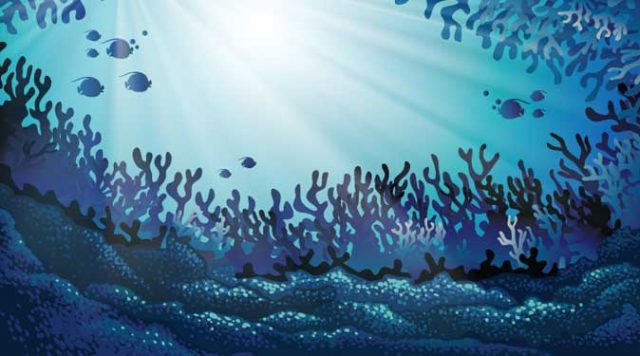
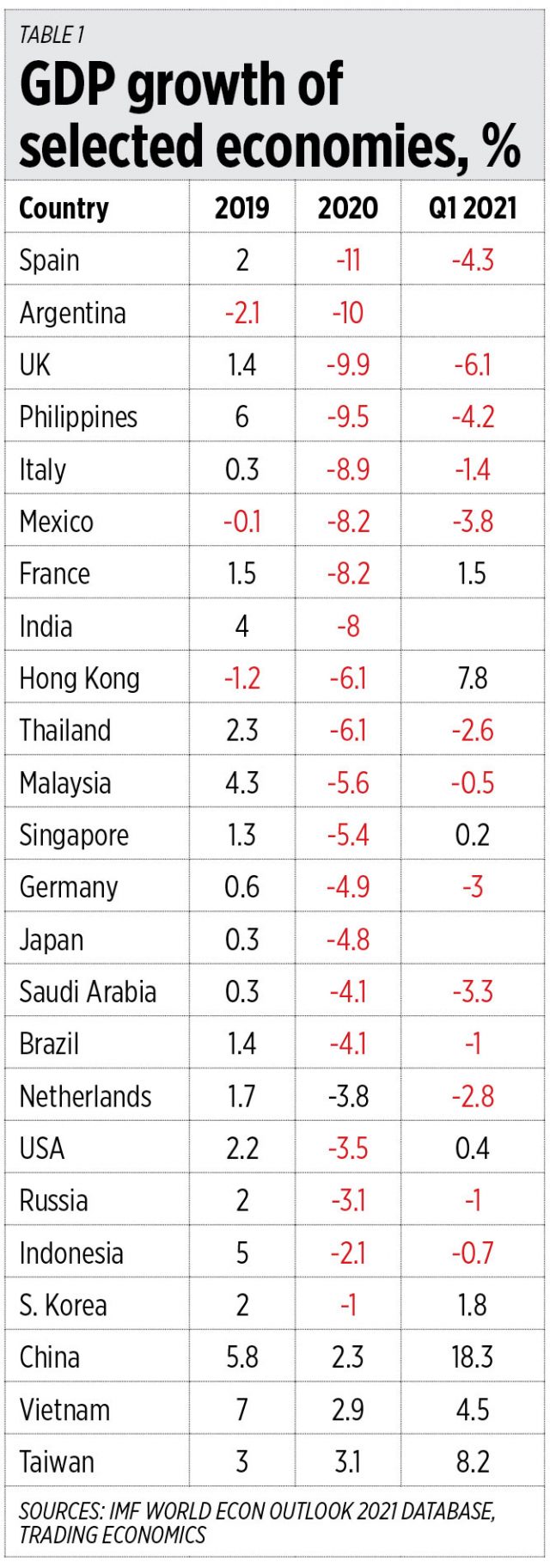
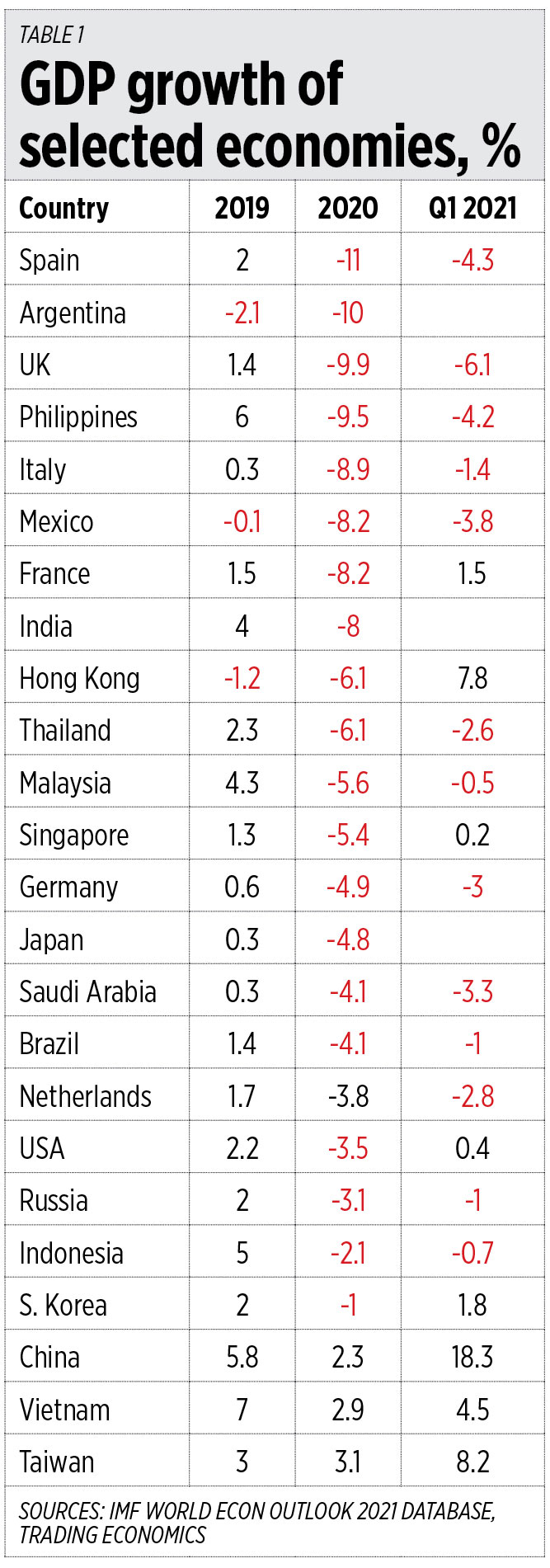
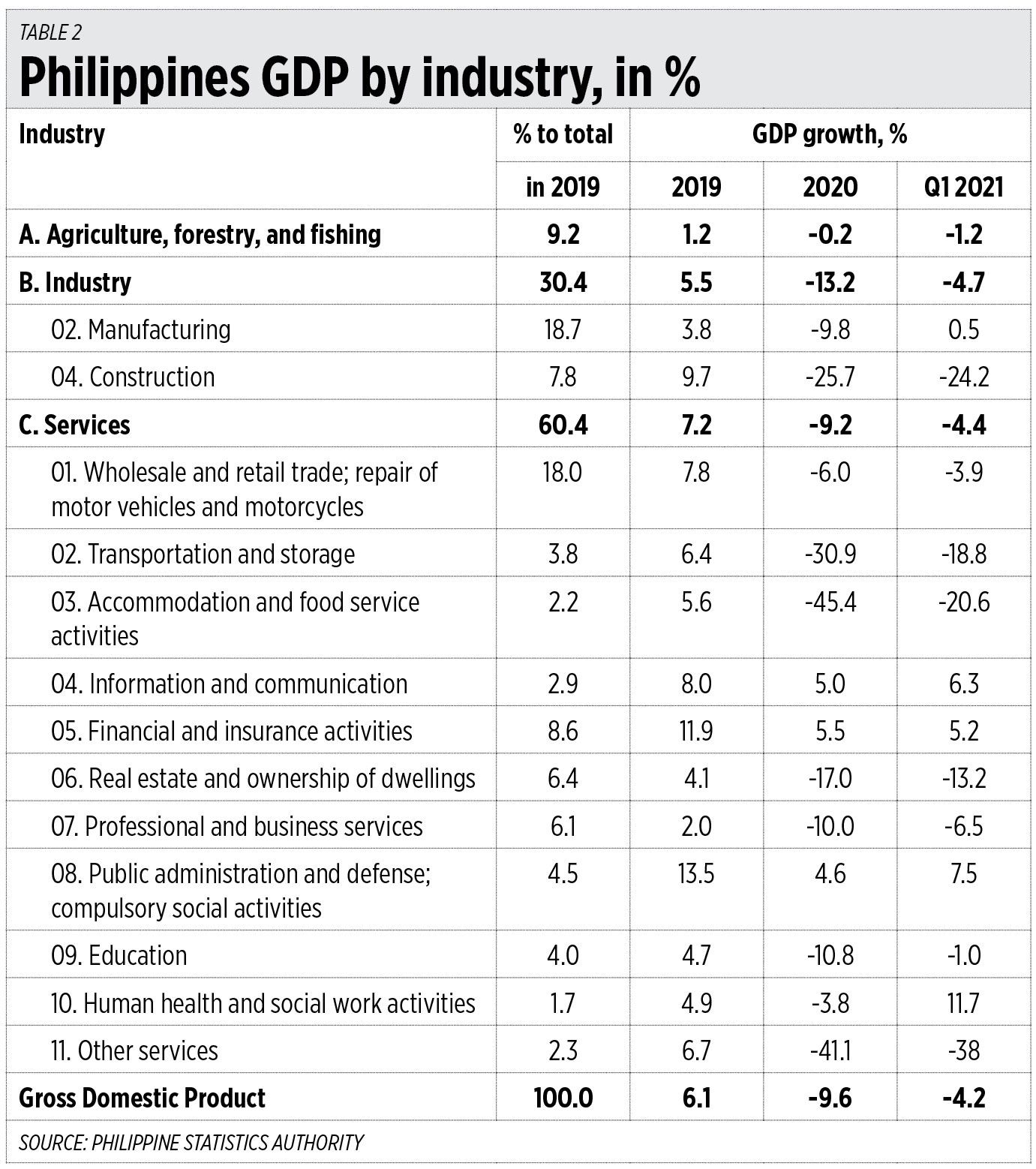

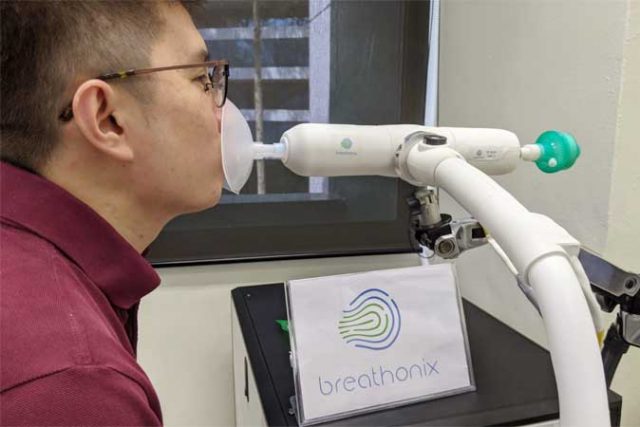
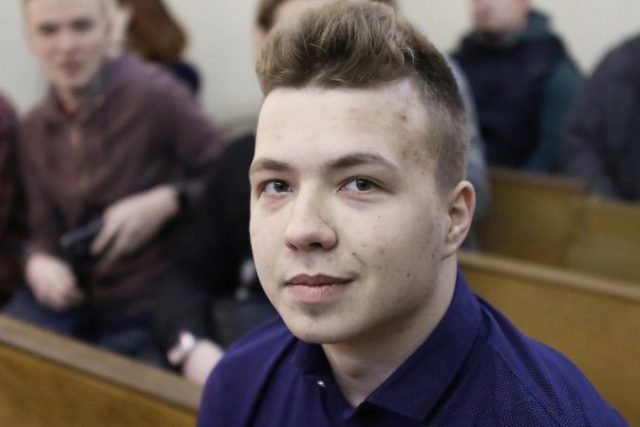
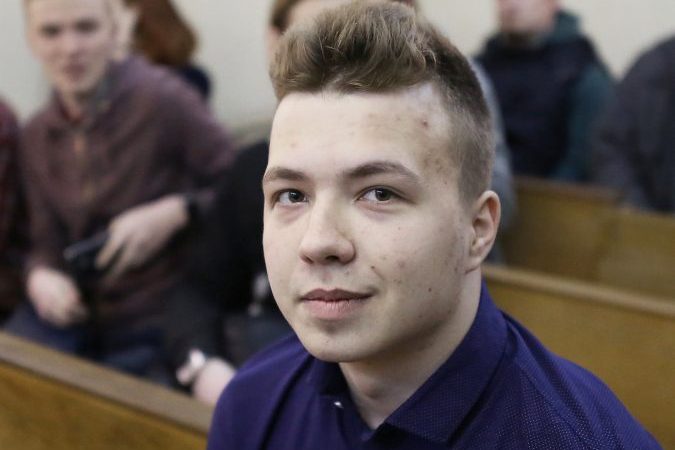

 Dragonpay, one of the Philippines’ leading payment processors, is proud and excited to announce its partnership with Villarica Pawnshop that will surely benefit its users in terms of convenience and hassle-free transactions. Dragonpay recently added Villarica to its growing portfolio of payout partners, alongside other disbursement channels such as GCash, LBC, and several banks, among others.
Dragonpay, one of the Philippines’ leading payment processors, is proud and excited to announce its partnership with Villarica Pawnshop that will surely benefit its users in terms of convenience and hassle-free transactions. Dragonpay recently added Villarica to its growing portfolio of payout partners, alongside other disbursement channels such as GCash, LBC, and several banks, among others.